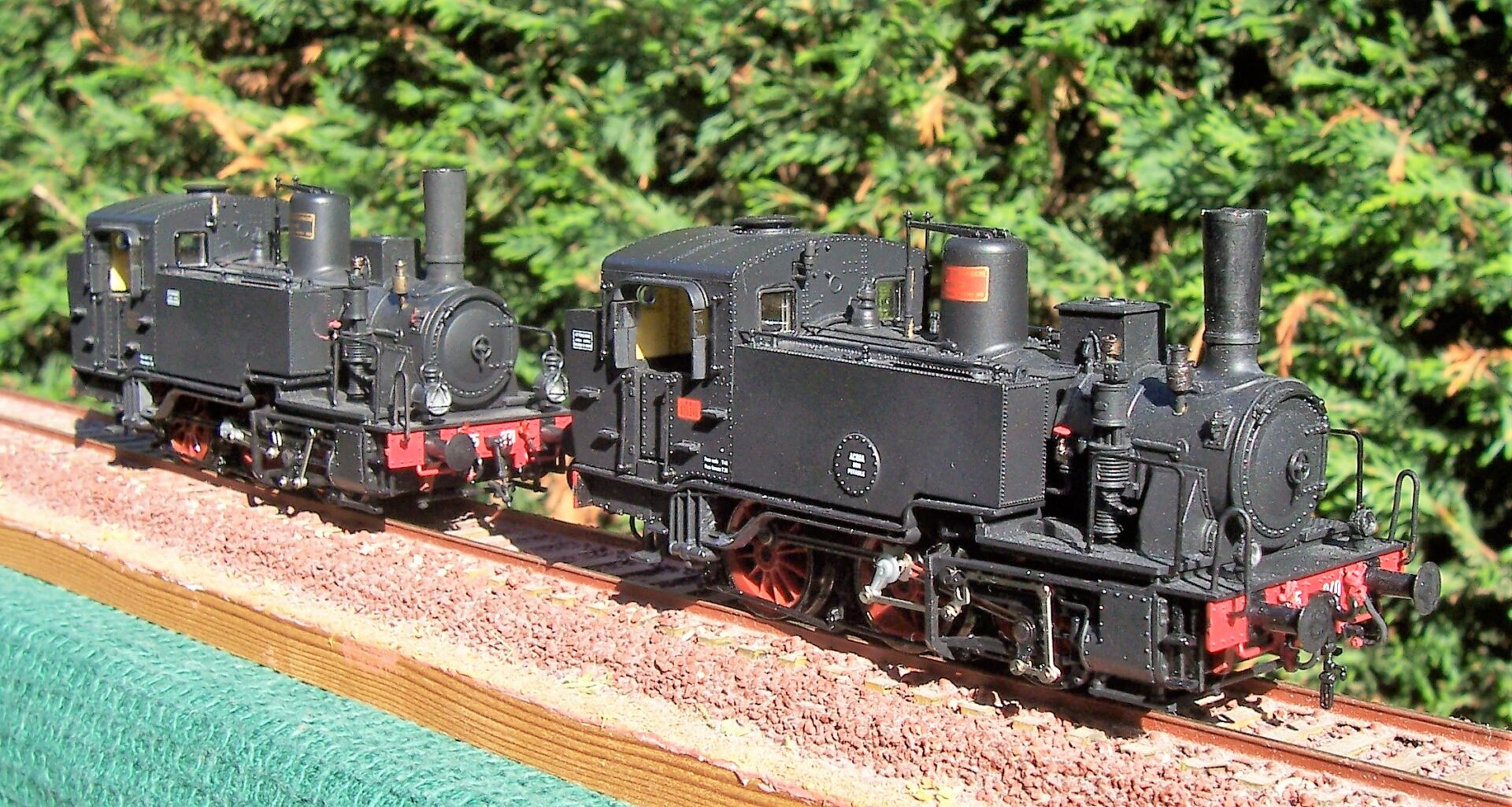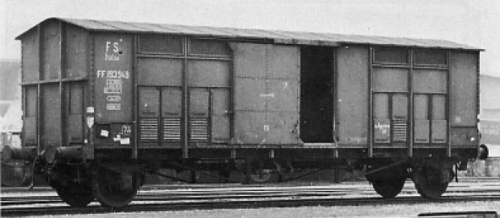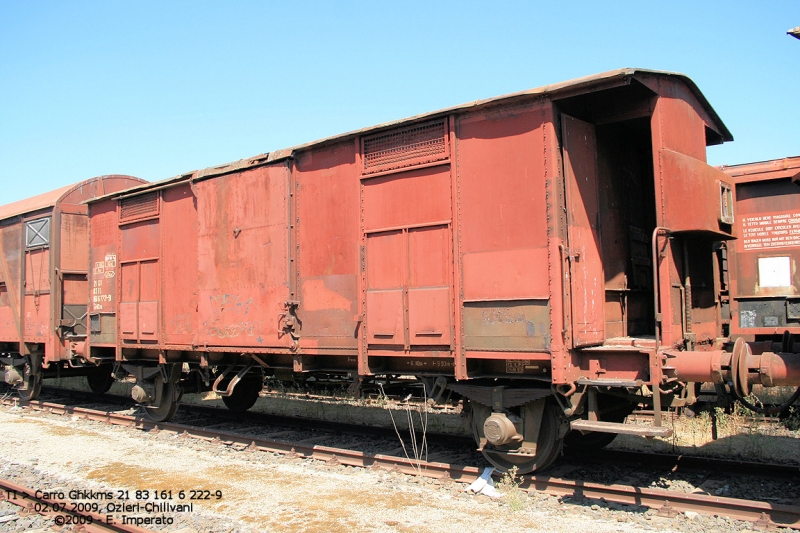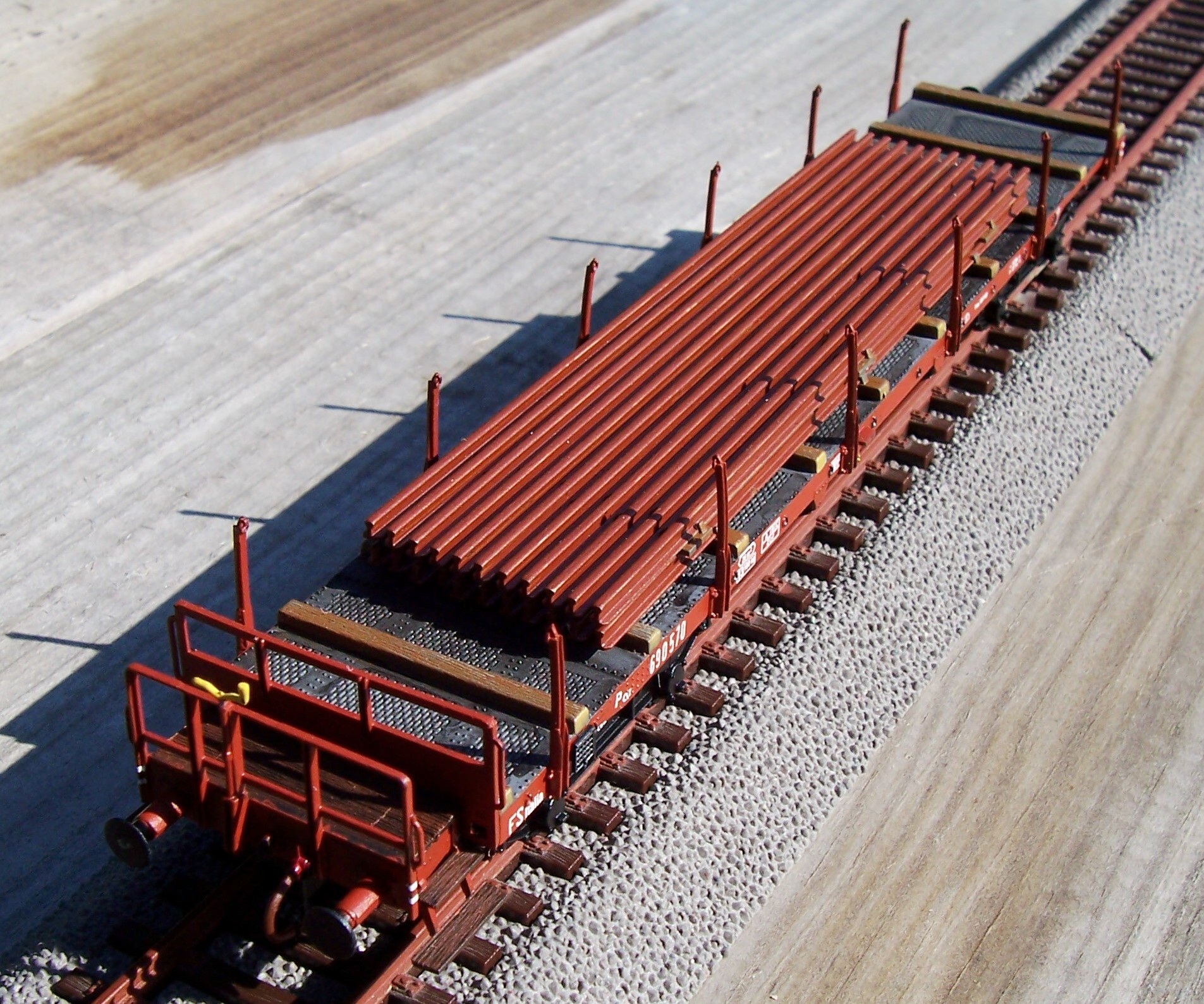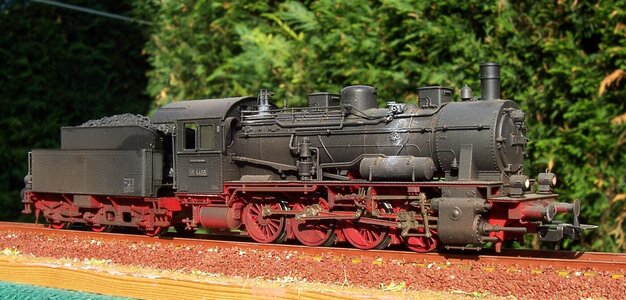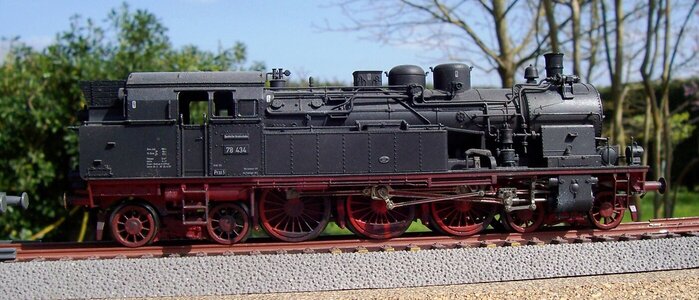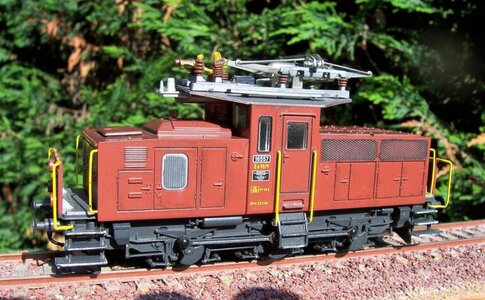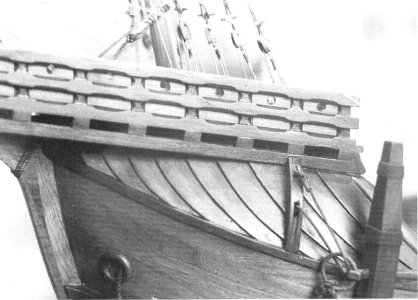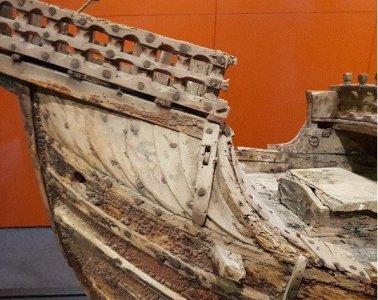Medieval Spanish Coca - AMATI 1:60
Greetings to all the shipbuilders in this forum.
October 2019 I decided to do another attempt in shipbuilding (the first was the Golden Star when I was a boy) and I chose the AMATI's Coca, because:
1) she's very nice and
2) she seems easy (but I realized it wasn't so for me, maybe for other people more skilful).
3) it's not a very common subject.
One negative aspect is that the documentation about 15th-century ships is very scarce. Actually, as an example, no one knows exactly how the Santa Maria of Columbus was built, which is also more recent.
After examining the plans and looking for images of contemporary boats, I decided to make some changes:
View attachment 214158
1) the hawseholes must be moved forward.
2) the yellow marked area will be "clinker working".
3) the upper beams will have a smaller section, differently positioned and will be more numerous.
4) the lower beams will be more numerous and differently positioned.
5) some wales will be differently positioned and one more
(5) will be added.
6) the frames and the bulwark stanchions will be more numerous.
8) stern deck extended (in yellow).
7) the rigging will be totally changed, following that of the Nao of Matarò at:
The Nao of Matarò is considered the forerunner of all constructions of this type, even if it was an ex-voto and perhaps not a faithful model of the prototype.
See you soon,
Rodolfo
 BIRTHDAY.
BIRTHDAY. BIRTHDAY.
BIRTHDAY.




